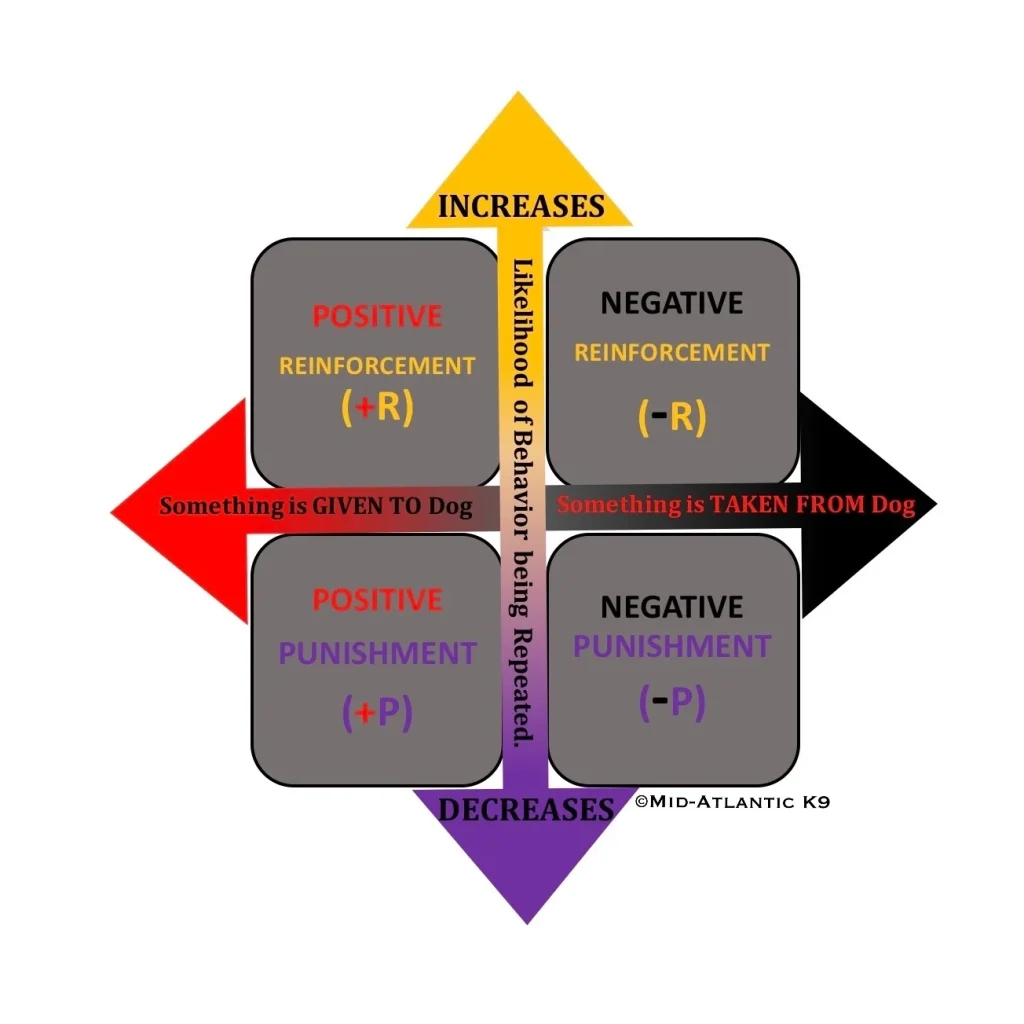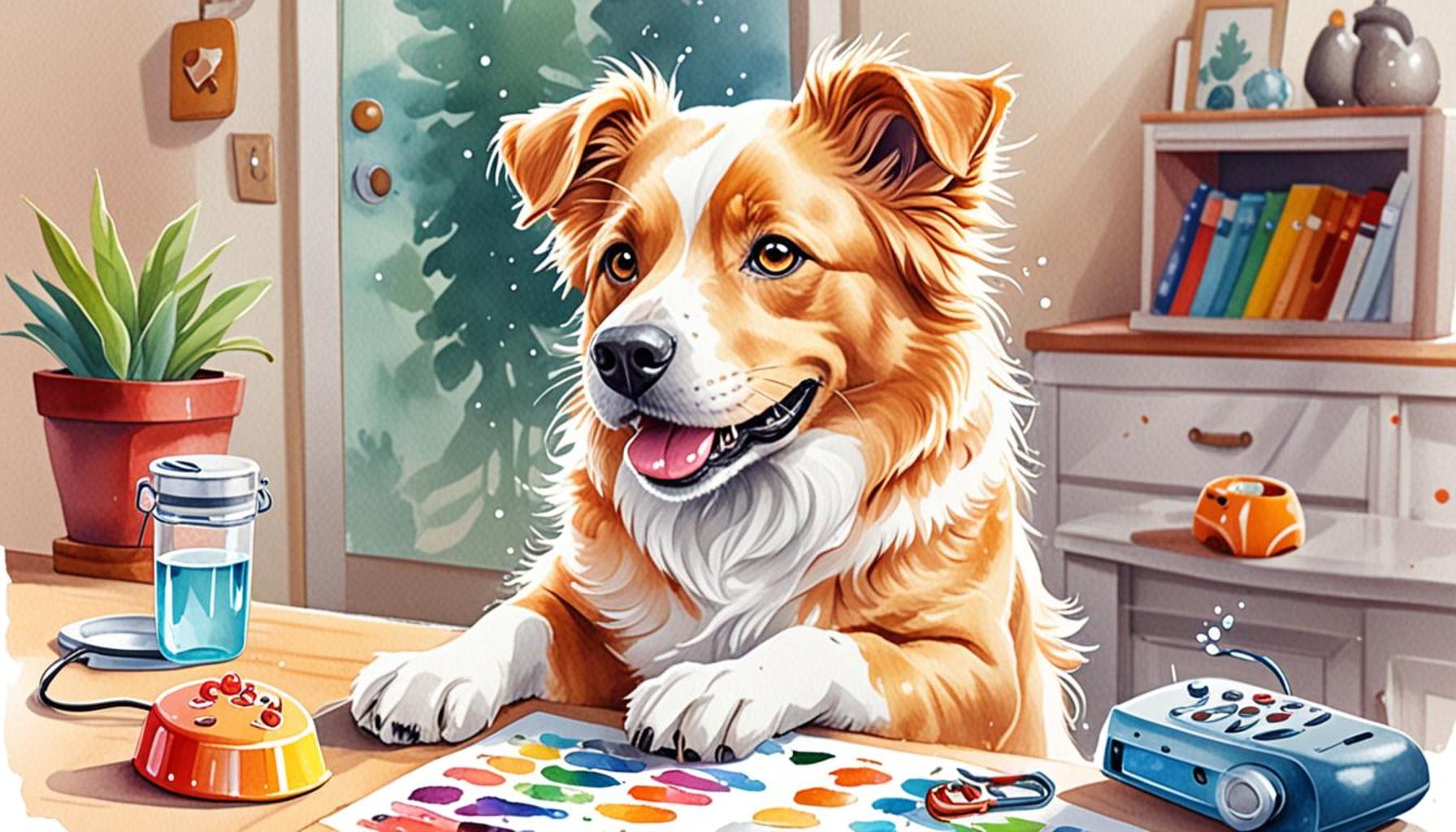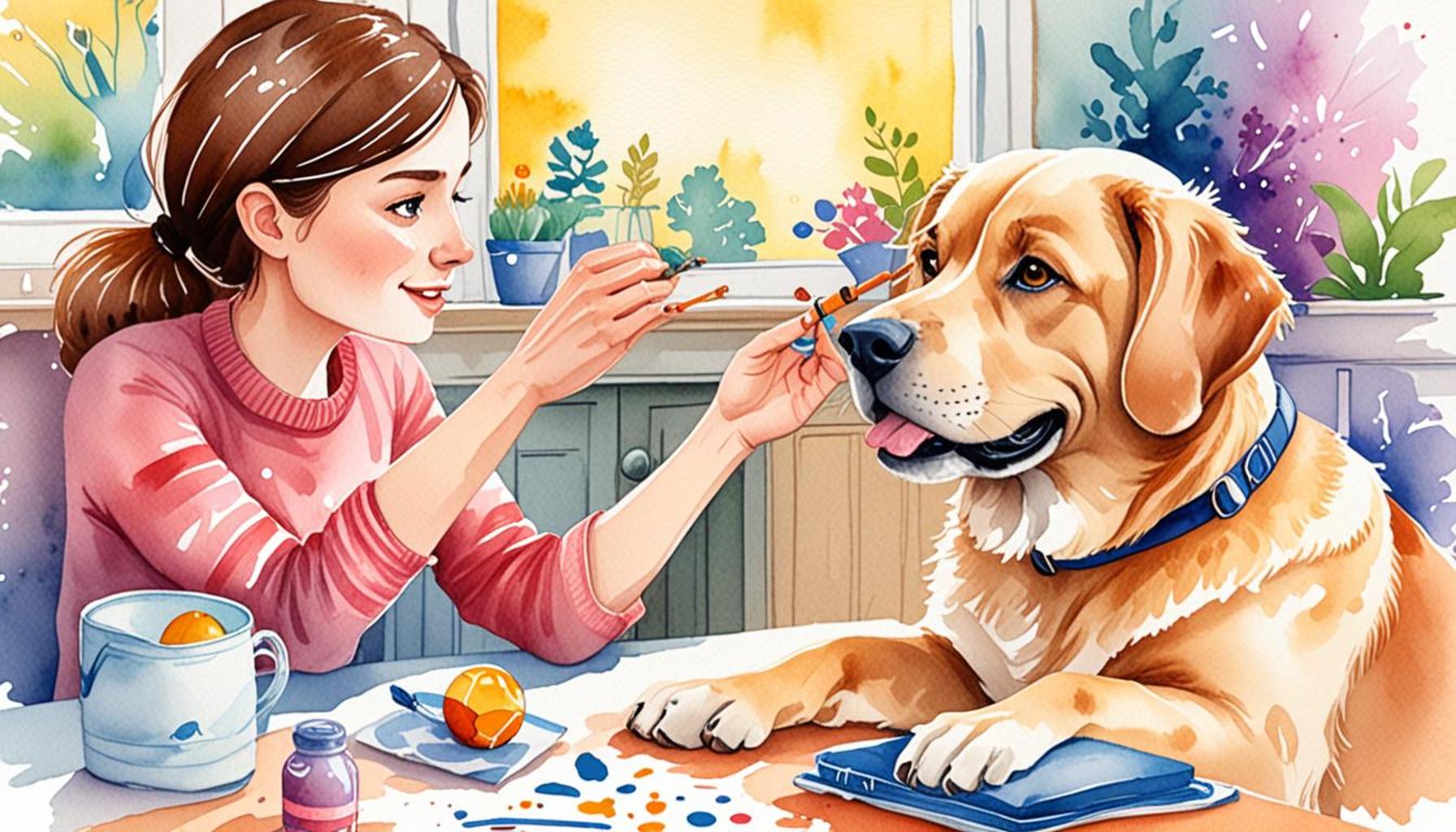Positive Training: How to Reinforce Desired Behaviors in Pets

Understanding Positive Training Methods
The journey of pet ownership is one filled with ups and downs, but at its core lies the art of training. Training your furry friend effectively can prevent misunderstandings and foster a loving bond. Positive training methods stand at the forefront of modern pet education, shifting away from punitive techniques to delightful experiences that highlight a pet’s strengths. This nurturing approach not only enhances behavior but also shapes how your pet perceives learning itself.
Understanding positive reinforcement training is essential for every pet owner seeking to create a well-adjusted companion. Let’s delve deeper into the specific methods that make this approach effective:
- Rewards: Utilizing treats, verbal praise, and toys as motivational tools can have remarkable effects. For example, when teaching a dog to sit, offering a treat immediately after they obey reinforces that behavior. This reward creates a positive association, making it more likely they will repeat the action in the future.
- Consistency: Consistent command usage is crucial. Inconsistency can confuse pets, leading to frustration. For example, if a dog is asked to “come” but is sometimes met with a treat and other times ignored, they might hesitate. Clear, consistent cues ensure your pet understands expectations and boosts their confidence in responding correctly.
- Patience: Each pet is unique and may require different levels of time to learn. Patience is key to the process. Recognizing that a puppy might take longer to grasp a command than an older dog helps owners remain calm and process set-backs positively.
Not only does positive reinforcement training build obedience, but it significantly contributes to a pet’s emotional well-being. By focusing on desired behaviors rather than reprimanding mistakes, owners create a nurturing environment rich in trust and safety. When pets feel secure, they are more enthusiastic about participating in training, leading to successful long-term results.
Research indicates that animals trained using positive reinforcement methods typically display greater confidence and are less prone to behavioral issues, such as anxiety or aggression. This evidence supports the argument for a more humane, enjoyable training experience that not only benefits the pets themselves but also enhances the quality of life for pet families. With this foundational knowledge in hand, pet owners can explore various strategies to reinforce good behaviors, paving the way for a mutually rewarding relationship with their beloved companions.
Ultimately, this exploration of positive training unveils a world brimming with opportunity and understanding, transforming how we connect with our pets. From early training classes to engaging online communities filled with resources and shared experiences, the journey continues to evolve, encouraging all pet owners to invest time in learning and nurturing their four-legged friends.

LEARN MORE: Click here to discover the signs and solutions for pet anxiety
Key Strategies for Implementing Positive Training
As pet owners, the goal of fostering a harmonious relationship with our animals often begins with clear and effective training. To successfully implement positive training, it’s important to utilize a variety of techniques that cater to your pet’s individual learning style. Here are some fundamental strategies that can reinforce desired behaviors and enhance the training experience:
- Timing: One of the most critical aspects of positive reinforcement is the timing of rewards. To effectively reinforce a behavior, the reward must be given at the precise moment the desired action occurs. For instance, if you’re training your cat to use a scratching post, presenting a treat immediately after they use it will help them associate good behavior with positive outcomes.
- Gradual Progression: It is essential to start training at a level that matches your pet’s current capabilities. For example, a dog learning to fetch should first master short distances before progressing to longer throws. Gradual advancement fosters confidence, ensuring your pet feels accomplished at each step.
- Use of Capturing Techniques: This method involves rewarding your pet for exhibiting a behavior spontaneously. If your dog lies down on command without initial prompting, that moment should be captured by offering a reward. This technique enhances not only learning but also the pet-owner bond, as each positive occurrence brings joy and engagement.
- Environmental Management: Adjusting your pet’s environment can significantly impact behavior. For dogs prone to jumping on guests, training them to stay in a designated area upon entering guests can minimize unwanted actions. Proper environmental management sets your pet up for success by proactively steering clear of misbehavior triggers.
Integrating these strategies into your training regimen creates an engaging and dynamic learning environment. It’s also beneficial to involve the entire family in the training process, as consistent reinforcement from all members can yield faster results. The collective understanding of commands and cues helps in maintaining uniformity in communication, preventing confusion for your pet.
Research has shown that pets trained with positive reinforcement are often more eager to engage in training sessions and display a greater willingness to learn new commands. This eagerness can be attributed to the fear-free nature of positive methodologies, which fosters curiosity and enthusiasm. When pets associate training with positive experiences rather than stress and anxiety, they are far more likely to embrace learning.
As we navigate the nuances of positive training methods, we open up a gateway to a more fulfilling relationship with our animals. Whether you’re a seasoned trainer or a novice pet owner, this approach paves the way for joy-filled interactions and strengthens the emotional bonds that are fundamental to pet companionship.
| Advantage | Description |
|---|---|
| Enhances Bonding | Positive training fosters a stronger relationship between pet and owner through mutual understanding and trust. |
| Improves Behavior | Reinforcing desired behaviors leads to improved obedience and reduces unwanted actions in pets, enhancing their overall well-being. |
| Increases Confidence | Positive reinforcement builds self-confidence in pets, making them more secure and less fearful in different situations. |
| Encourages Learning | Using rewards in training fosters eagerness to learn, causing pets to engage actively in training sessions. |
By incorporating techniques of positive training, pet owners can ensure that their furry companions not only learn effectively but also enjoy the process. Understanding the importance of reinforcement can lead to meaningful behavior changes and a happier, healthier pet. This approach not only modifies behavior but also nurtures the delicate bond shared between pets and their owners, creating a balanced ecosystem of love and obedience. Investigating further into methods of positive training can unveil transformative experiences for both pets and their guardians.
LEARN MORE: Click here for the list of dangerous foods for your pets
Building on Success: Advanced Techniques in Positive Training
As pet owners continue their journey in positive training, exploring advanced techniques can take the training experience to greater heights. These strategies not only promote desired behaviors but also enrich the bond between pet and owner. Here are several methodologies to consider:
- Clicker Training: This popular technique employs a small handheld device that makes a distinctive clicking sound. The click serves as a precise marker of a desired behavior, followed immediately by a reward. For instance, if a dog sits on command, a quick click followed by a treat reinforces that action in a way that is clear and immediate. Clicker training is advantageous because it helps pets understand exactly what action received the reward, making it a clear and effective communication tool.
- Shaping Behavior: Shaping is all about breaking down a behavior into manageable steps and rewarding incremental progress. If you’re teaching your dog to roll over, start by rewarding them for simply lying down. Gradually increase the expectations, rewarding closer approximations of the completed action. This method allows pets to learn complex behaviors at their own pace and boosts their confidence as they achieve small successes along the way.
- Consistency in Commands: Using consistent cues and commands is vital in positive training. If your family decides on the command “sit,” avoid switching to “sit down” during training. This inconsistency can confuse pets and hinder their learning process. Moreover, consistently using verbal commands alongside hand signals can reinforce the behavior more effectively by appealing to different learning styles.
- Variable Reinforcement Schedules: As pets begin to master certain behaviors, introducing a variable reinforcement schedule can maintain their interest and keep them engaged. This approach involves rewarding the pet unpredictably—sometimes after they complete the command and sometimes after a few repetitions. Such uncertainty can encourage pets to remain attentive and engaged, akin to a game of chance where they learn that a reward may come at any moment.
Integrating these advanced strategies into your training sessions can provide your pet with a stimulating learning environment tailored specifically to their needs. In fact, engaging in diverse training methods can serve to challenge pets mentally, which is particularly important for high-energy breeds who thrive on mental stimulation as much as physical exercise.
Surveys and studies indicate that pets receiving advanced training techniques, such as clicker training and behavior shaping, experience a significant decrease in anxiety and stress levels. This is especially relevant for dogs and cats that show fearfulness or aggression toward certain stimuli. By emphasizing rewards rather than punishment, owners can create a safe space where pets feel empowered to learn and express themselves, ultimately leading to a more balanced and fulfilled pet.
As we delve deeper into the art of positive training, it becomes increasingly clear that employing varied methodologies can help cultivate desired behaviors while building a robust dog-owner or cat-owner dynamic. Making learning enjoyable and rewarding will not only strengthen the pet’s willingness to comply but also foster a deeper and more meaningful connection with your furry companion.
LEARN MORE: Click here for insights on pet behavior
Conclusion: Embracing Positive Training for a Harmonious Pet-Owner Relationship
In conclusion, positive training stands as a pivotal approach that not only instills desired behaviors in pets but also nurtures a deeper connection between animals and their owners. The techniques discussed, such as clicker training, shaping behavior, and maintaining consistency in commands, demonstrate how a focus on rewards can significantly enhance the learning experience. Pets thrive in an environment that encourages engagement and exploration, and it is evident that methods like variable reinforcement schedules can ensure their ongoing excitement and involvement in training sessions.
Moreover, embracing these advanced strategies not only minimizes anxiety in pets but also fosters a trusting and respectful dynamic. Studies show that pets trained with positive reinforcement exhibit less fearfulness and aggression, leading to a more balanced and fulfilled life. This paradigm shift—viewing training as a collaborative journey rather than a chore—results in mutual enjoyment and fulfillment for both pets and their owners.
As you embark on or continue your positive training journey, remember that each animal is unique. Tailoring your approach to fit their personality, energy level, and learning style can make a significant difference. Explore new techniques, stay patient, and enjoy the process of building a lifelong bond enriched by understanding and affection. In doing so, you’re not just training your pet—you’re laying the foundation for a loving and enduring companionship.



